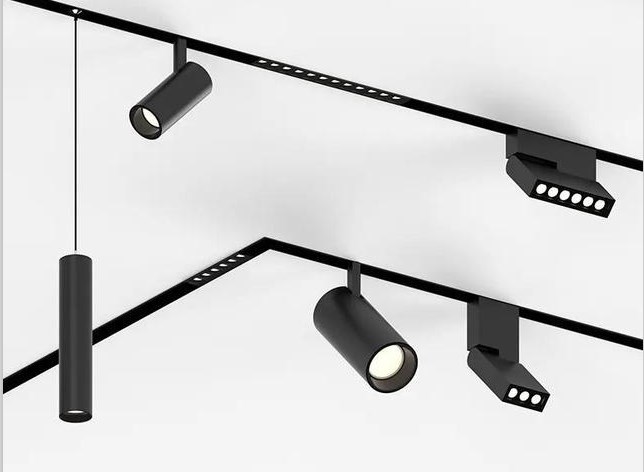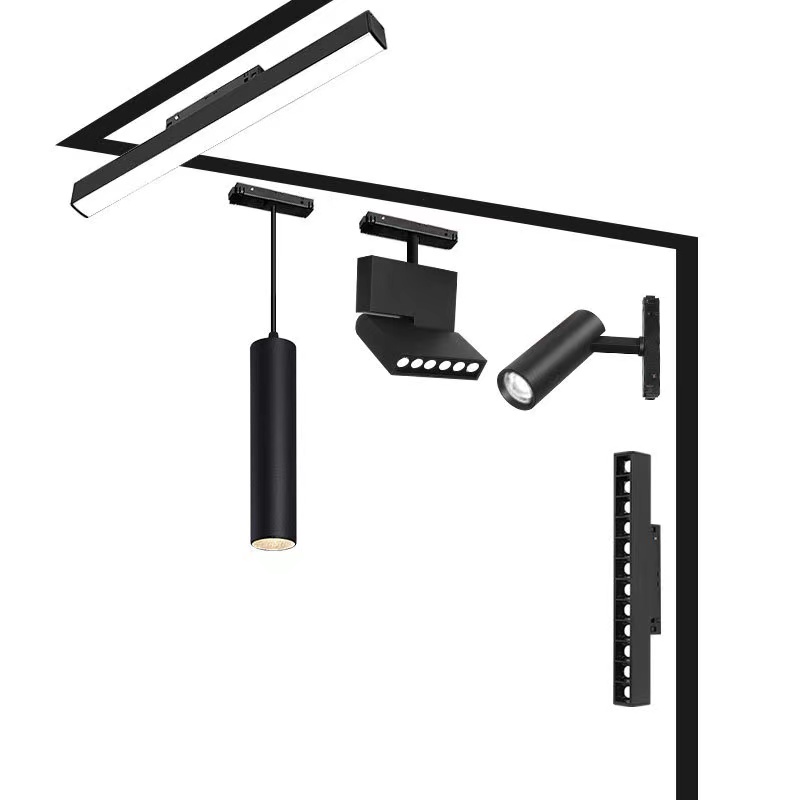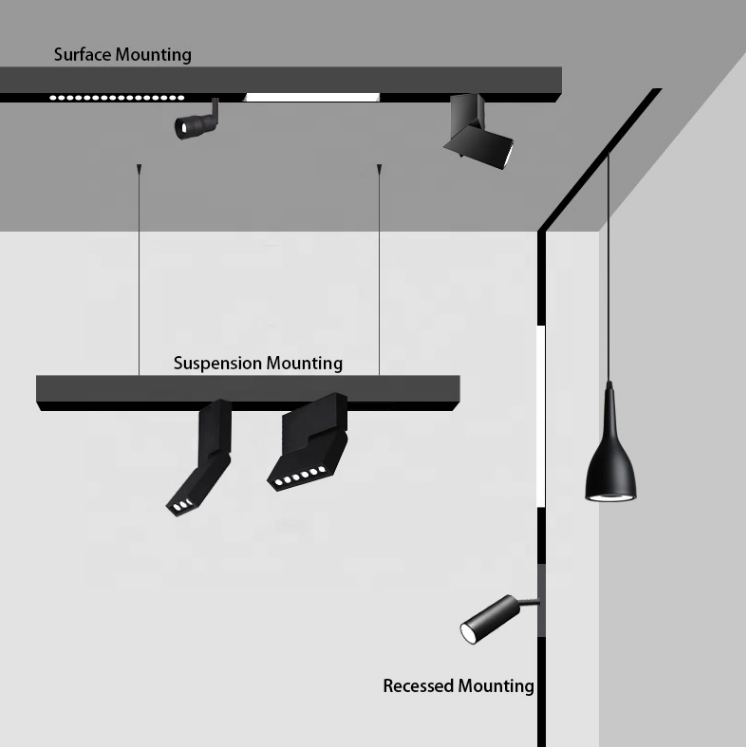In order to fulfill the US Energy Independence and Security Act and the EU Ecodesign Design Directive, artificial lighting systems have transitioned from incandescent lamps to energy-saving lamps (CFLs) and LEDs to save energy and reduce greenhouse gas emissions. Compared with traditional incandescent bulbs, new bulbs such as energy-saving lamps (CFLs) and light-emitting diodes (LEDs) can save 70-85% of energy consumption and increase their service life, so they are considered to be a technology with great energy saving potential. However, these new bulbs are much more complex than traditional bulb designs, with potential environmental adverse effects, even comparable to consumer electronics. The CFL and LED components contain more metal. These components have the potential environmental impact of uncertainty. Do you need to make special regulations when they reach their working life and need to be discarded? Seong-RinLim et al. published an article in this month's Environmental Science and Technology (Environ.Sci.Technol.) "The potential environmental impact of LEDs: metal resources, or toxic hazardous waste." They combined environmentally and resource-based evaluations of three types of light bulbs (ordinary incandescent lamps, LEDs, and energy-saving lamps) in many ways. Energy-saving lamps consume more bismuth, copper (mainly for coils and printed circuit boards), iron, lead (printed wiring boards and solder), mercury (spiral energy-saving lamps), phosphorus, antimony (fluorescence) and zinc ( Protective coated steel). LED bulbs need more aluminum (heat sink), germanium (LED chip), germanium, chrome (stainless steel), copper (coil), gallium (LED chip), gold (LED wire), iron, lead (printed circuit board) , phosphorus, silver (reflective coating) and zinc (protective layer). Incandescent bulbs are only tungsten (filament) and nickel. Therefore, it is very necessary to recycle the metals in energy-saving lamps and LED lamps. Waste management policies for energy-saving lamps and LED bulbs should include the manufacturer's recycling system for the discarded bulbs or the “deposit-refund†system. In addition, mark the potential hazard on the product and put it in the correct waste sorting and recycling system to avoid throwing it into regular household waste. The DesignfortheEnvironmentProgram (DfE) is a project developed by the US Environmental Protection Agency in 1992 to prevent pollution and the risk of pollution to humans and the environment. DfE requires environmental quality issues within the product lifecycle to be considered during the design process, from material management through recycling to recycling to reduce environmental impact. The Waste Toxicity Characteristic Dissolution Procedure (TCLP) is a test method of the US Environmental Protection Agency that simulates the process of entering the groundwater through water dissolution in landfills. After the above tests, it is found that LED bulbs require gold, silver, bismuth and copper, which are two orders of magnitude higher in energy consumption than incandescent lamps and 2-5 times higher than energy-saving lamps. For energy-saving lamps, the material that has a significant impact on resource consumption is copper. Silver and gold are rare metals, and they are also listed as materials for resource crises in the European Union. Although the copper in the United States has not yet reached the level of crisis, in the energy-saving lamps and LEDs, the amount of copper is very high, which is 1-6 orders of magnitude for other metal materials, and the development is also worrying. The most common metal content in LED bulbs is aluminum, tantalum, chromium, and gallium, which do not significantly contribute to total resource consumption. It should be noted here that although the global reserves of gallium are considered to be considerable in considering supply risks, it is still considered to be a material that may be in crisis because gallium is only obtained as a by-product of the treatment of bauxite and zinc ore. . On the contrary, although 钇, 钆 and 铈 are also rare earth elements, they are not likely to be a crisis material, because 钇 and 铈 are still abundant in the world, and the amount of strontium is very small. If LEDs and energy-saving lamps continue to replace incandescent bulbs at current speeds, considerable resource consumption will result, as the supply of gold, silver, antimony, and copper resources is insufficient. Since gold has a low electric thermal impedance, it is mainly used to connect the wires of the electrodes in the LED chip. Silver is an excellent reflective coating material for LEDs.锑 is the core material of LED chips. Copper is used in LEDs and energy-saving lamps for coils and printed circuit boards. Therefore, in DfE, these auxiliary components (non-lighting technology itself) are promising for retrofitting and innovation to reduce their metal content, just as in the information and communications industry, fiber optic cables replace copper cables. Additional examples of successful DfE in actual products can be found on the US EPADfE website. In addition to retrofitting component technology, recycling technologies and management strategies should also be followed to ensure that precious metals recovered in LEDs and energy-saving lamps can enter recycling. In existing US federal and California state government regulations, assess whether these bulb products can be classified as hazardous waste by applying life cycle impact and hazard-based assessment methods. The life cycle impact-based approach is different from conventional life cycle assessment (LCA), which is to quantify the toxic potential of elements in LCA. Both energy-saving lamps and LED lamps can be classified as hazardous waste because the lead that can be lost is extremely excessive (132 mg/L and 44 mg/L, respectively, while safety standards are 5) and high levels of copper (111000 mg/kg and 31600mg/kg, and the safety standard is 2500), lead (3860mg/kg for CFL bulbs, 1000 for safety standards) and zinc (34500mg/kg for CFL bulbs, 5000 for safety standards), while incandescent bulbs are not dangerous. of. Note that in the results of the CFL bulb, the mercury vapor of the bulb was not considered and no capture was performed during the preparation of the experimental sample. Compared to incandescent lamps, energy-saving lamps and LED lamps have a high potential for resource depletion and toxicity, mainly due to their high aluminum, copper, gold, lead, silver and zinc. LEDs have the highest toxic potential, mainly due to the presence of copper and aluminum, followed by energy-saving lamps because the main metal is copper. These results are different from the results of the ToxicPotential Indicator (TPI). The results of TPI indicate that the highest toxicity of energy-saving lamps may be mainly due to the inclusion of zinc and copper, followed by copper-containing LEDs. Incandescent bulbs contain aluminum, copper, and nickel, but the amount is very low and the toxicity potential is small. Energy-saving lamps have the highest potential for human toxicity and ecotoxicity, followed by LEDs. The human toxicity and ecotoxicity of energy-saving lamps are 2.5 times and 1.3 times higher than LEDs, respectively, which are two orders of magnitude for incandescent lamps. The relative contribution of various metal elements in the bulb to human toxicity and ecotoxicity was investigated. Zinc and copper were the highest, accounting for 89, 98% and 74-89%, respectively. In summary, the environmental impact of energy-saving lamps and LED lamps is 3-26 times and 2-3 times higher than that of incandescent lamps, respectively. Current energy-saving lamps and LED bulb technologies need to be further developed to reduce overall resource consumption and toxic potential. A comprehensive assessment of the balance of benefits and costs suggests that it is necessary to find alternative materials from the perspective of the DfE life cycle, minimizing the use of aluminum, copper, gold, lead, silver, and zinc. Another approach is to develop longer-life energy-saving lamps and LED bulbs that reduce the use of new resources and the amount of waste. Therefore, in the development of lighting products, in accordance with the protection and sustainable development policies, in addition to improving energy efficiency, we should also focus on developing technologies that reduce the risk and rare metal content without affecting their performance and longevity. From the perspective of resource recovery, some of the metals in the bulbs are actually very limited. Therefore, there is an urgent need for appropriate waste management measures, or the use of innovative technologies to reduce the content of toxic substances, metals, or extend the life of the lamp. LED Magnetic Track Light System
What is magnetic track light?
With the rise of minimalism in the design world, the design trend of mainless lighting is coming, and the LED Magnetic Track Light System has become a key element of interior lighting design. The Magnetic Track Light is a 48v safe voltage, which is harmless to the human body under normal circumstances. And it is very flexible and can be adjusted freely. Magnetic Light can adjust the type of lamps and the number of lamps required at any time according to needs, and it is very flexible to use.
Magnetic Track Light can pre-install tracks directly on the top surface, install magnetic lamps, and realize the design of no main lamp without ceiling. When overhauling, disassembling and repairing, you only need to disconnect the power supply and remove the lamp from the magnetic track. It is also very convenient to redesign and replace it later.
There are many types and rich light effects. The design of the magnetic light adopts a modular concept. After the track is preset, the style of the light source can be freely selected. There are many types that can be selected, such as downlight, Magnetic Track Spotlight, Grille Track Light, Magnetic Track Linear Lights, pandent light can be selected, and can also be used in a variety of styles. The style of the lamps determines the effect of the light source, which is suitable for a variety of different scene requirements.
Track Lighting Systems,Track Lighting Replacement,Track Lighting in Living Room,Track Lighting Kitchen Ideas,Track Lighting Ideas SHENZHEN LITEHOME OPTOELECTRONIC TECHNOLOGY CO., LTD. , https://www.szlitehomelight.com




